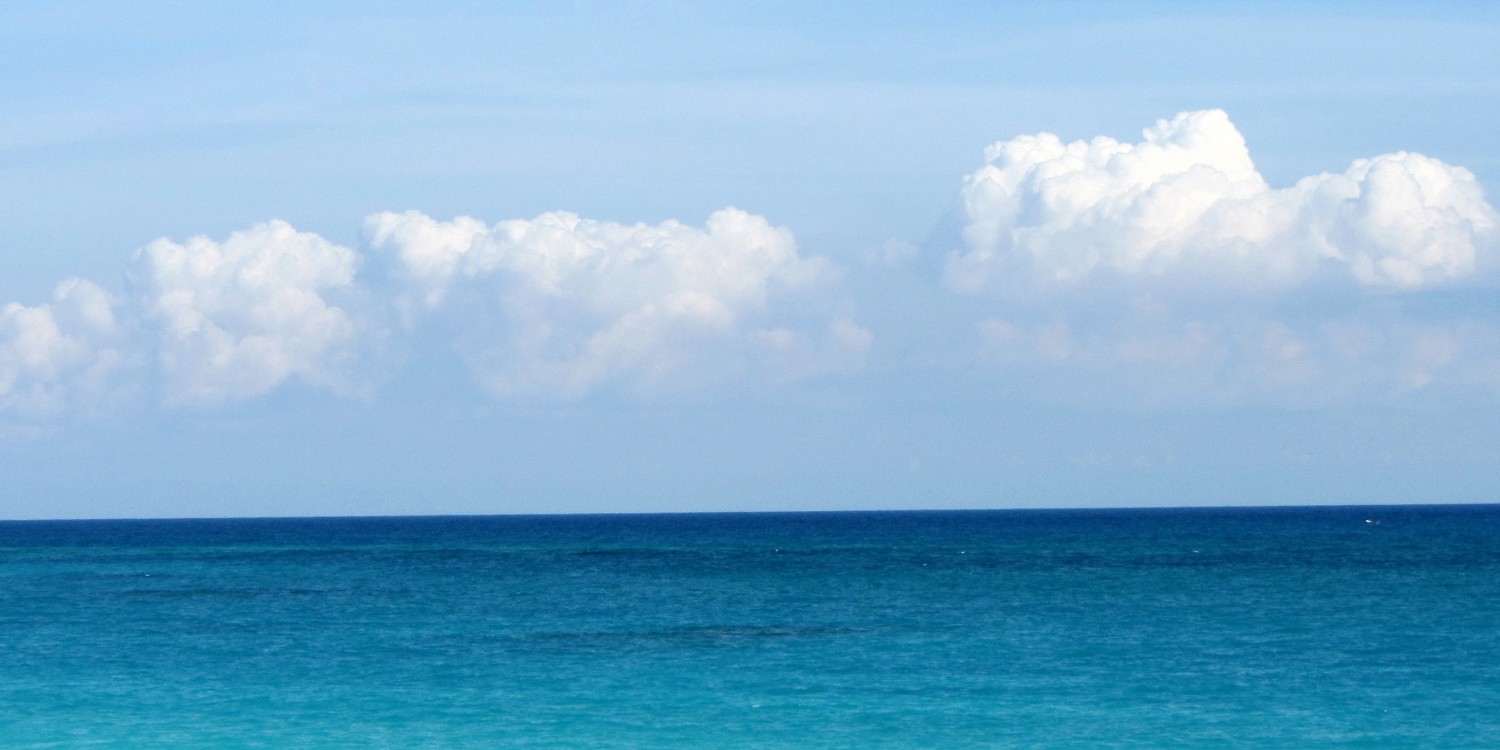There are several hurdles that oil companies in Canada have to overcome in order to build pipelines from the source of tar sands oil in Alberta, Canada, to either Canada’s eastern or western coast, where it could be refined, sold and exported to Asia, Europe and elsewhere around the world.
From a New York Times article, “Indigenous groups must be consulted if new pipelines cross their land. To gain coastal access, pipeline companies must also navigate the politics of some of the most environmentally conscious Canadian provinces, British Columbia and Quebec, where public opinion tends to be against both pipelines and further fossil fuel development.
“Vancouver’s City Council recently passed a motion requiring that pipeline companies take on 100 percent liability for the economic and environmental costs of a worst-case spill. Even though the federal government gives permissions for pipelines, such local maneuvering and lawsuits can cause severe delays.”
Canadians don’t universally support construction of such pipelines. A poll by Nanos Research in February 2012 found that nearly 42 percent of Canadians were opposed.
These oil companies want an efficient way to get the tar sands oil to a North American coastal port so it can be exported easily.
Since Canada presents some challenges to getting that oil to a coast, the oil companies asked the United States, “Hey, could we build a pipeline from the Canadian tar sands oil sources to your port of New Orleans, which will let us easy refine and ship the oil to Europe, Asia and elsewhere?”
Many in the United States petroleum-and-politics crowd said, “British Columbia and Quebec don’t want big oil pipelines rupturing on their land? We would be happy to help you get that oil to a coastal port. We have many refineries and oil-shipping port facilities all over the Port of New Orleans. Now, we did have that massive Deepwater Horizon oil spill in the Gulf of Mexico from April until September 2010. We weren’t prepared for it, so it took months to stop the gushing, and a few years to clean up most of the damage. But otherwise, it wasn’t a big deal.
“You want to build that pipeline through the largest freshwater aquifer in North America? Sounds great! If there are ruptures and oil spills, they won’t hurt Canada: the messes will all be in the United States.”
The US energy interests went on, “Bottom line: We, the United States, carry the risk of environmental disaster and you, Canada, get the oil revenues when you ship the oil from our port of New Orleans! What could be better? Sounds win-win to us!”
In July 2010 a broken pipeline managed by Enbridge Energy of Canada dumped about a million gallons of Canadian tar sands oil into the Kalamazoo River in Michigan. After two years of cleanup, in June, 2012, authorities reopened most of the 35 miles of the river that had been closed to recreation after the spill.
According to the Detroit Free Press, part of the river at the Morrow Lake delta remained closed and other sections of the river remain restricted because of the ongoing cleanup of the diluted bitumen (dilbit) oil the pipeline had been transporting.”
And, “One of the reasons for the vast escalation in time and expense of cleanup was that the EPA had never handled a dilbit spill. In addition, it is reported that Enbridge never informed the EPA of the product distinction. Unlike conventional crude, dilbit floats briefly in water but then sinks, causing a much more difficult cleanup particularly if dredging is considered too ecologically damaging,” according to LOE.org an environmental public affairs organization.
“In fact, more than half of the nation’s pipelines were built before 1970. More than 2.5 million miles of pipelines run underground throughout the country. According to federal statistics, they have on average 280 significant spills a year. Most of these accidents aren’t big enough to make headlines,” according to reporting by NPR.
Last week, an oil pipeline ruptured in Arkansas, on Friday, March 29, 2013.
According to CBS News, “Crews recovered about 12,000 barrels of oil and water after a crude oil pipeline ruptured in central Arkansas, officials said Saturday.
“ExxonMobil and local officials said in a Saturday news release that they suspected a few thousand barrels of oil spilled but are preparing a response for more than 10,000 barrels “to be conservative.”
“Authorities are still investigating the cause of the spill. The city said Saturday that it recommended that 22 area homes be evacuated. On Friday, officials put the number of homes at dozens.”
Imagine how many oil spills will occur if the Keystone XL pipeline goes forward.
One prediction about Keystone would certainly come true: the Keystone project would put thousands of people to work — cleaning up oil spills in lakes, rivers, soil, and possibly the largest freshwater aquifer in North America.
Doesn’t it sound great!?
References:
http://www.freep.com/article/20120621/NEWS06/120621067/Kalamazoo-River-Enbridge-oil-spill
http://www.loe.org/shows/segments.html?programID=12-P13-00027&segmentID=1
http://www.nwf.org/~/media/PDFs/Global-Warming/Tar-Sands/KXL_Exports_Not_Energy_Security.pdf
